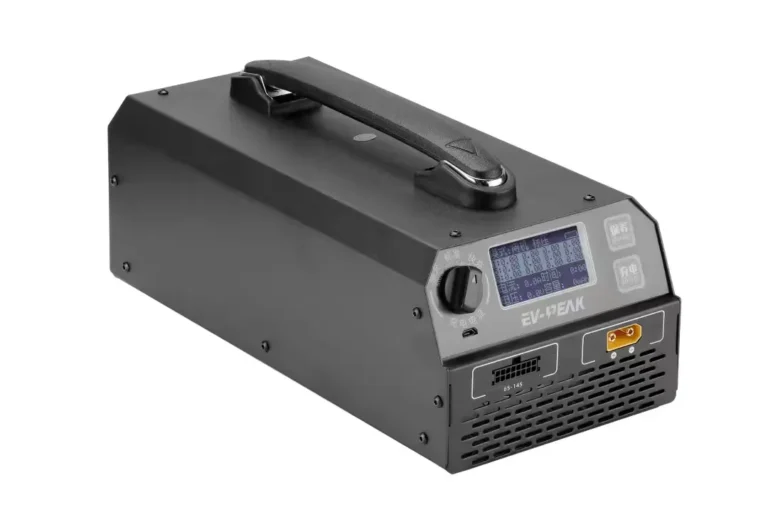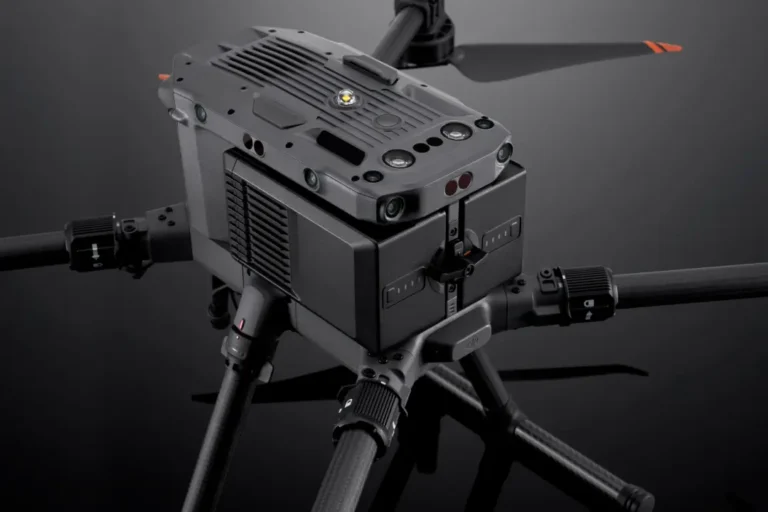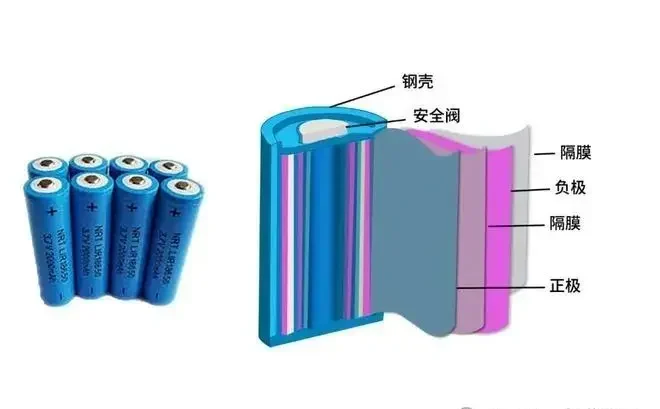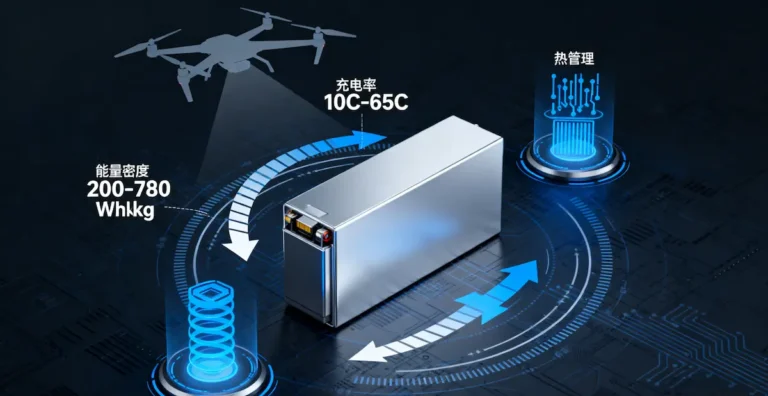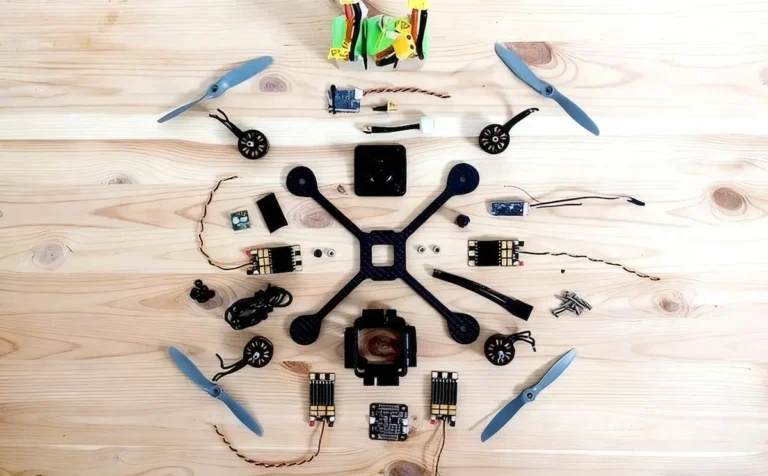How to customize lithium battery PACK in 2025
The perfect transformation from cell to system is much more than simple assembly When it comes to lithium battery PACK, many laymen often simply regard it as “battery assembly”. However, in engineering practice, this process is a highly integrated system engineering that combines electrochemistry, mechanical engineering, electronics, thermal management, intelligent control and other technologies. Each link has a profound impact on the final performance, safety and service life of the battery system.
This article will analyze the core technology of custom lithium battery PACK process, revealing how a high-performance battery pack is “refined” through precision design and manufacturing.
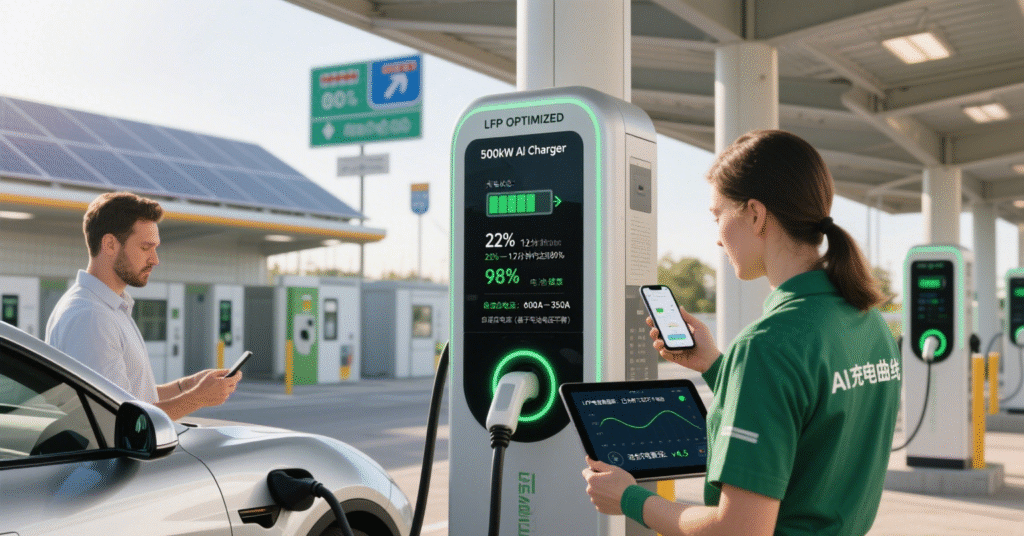
I. Cell Selection and Matching: Consistency Guarantee of System Foundation
The battery cell is the core unit of the battery system, and its selection and matching directly determines the basic performance of the PACK. Voltage, internal resistance and capacity, as the three key parameters of the battery cell, must be strictly screened to ensure a high degree of consistency.
If the capacity of a cell is 10% lower than that of other cells in the group, it will be fully charged and discharged first in the long-term charging and discharging cycle, which not only accelerates its own aging, but also leads to imbalance in charging and discharging of the whole battery pack, and even triggers safety risks.
Different application scenarios have different demands for battery cells:
Power batteries (e.g. new energy vehicles): focus on high energy density and fast charging performance, mostly use lithium ternary (NCM/NCA) cells
Energy storage batteries (e.g. home energy storage, power station energy storage): prioritize safety and long cycle life, lithium iron phosphate (LFP) cells are the mainstream choice
Consumer electronics (e.g. cell phones, laptops): the need to take into account the volume, weight and energy density, mostly use small lithium ternary cells
II.Structural Design of Lithium Battery Packs: Precise Balance of Space, Weight and Strength
Li-ion battery packs need to be adapted to the spatial layout of the end product, and at the same time withstand the test of complex environments. Its structural design needs to seek the optimal solution among space utilization, weight control and mechanical strength.
The design of lithium battery packs for new energy vehicles needs to be strictly adapted to the layout of the vehicle body and have a high-strength structure to resist vibration, bumps and even collisions during traveling, and effectively protect the battery cells from extrusion. Li-ion battery packs for energy storage need to take into account the cabinet installation dimensions to ensure stacking stability.
In order to reduce energy consumption (especially electric vehicles), lithium battery packs often use aluminum alloy, carbon fiber and other lightweight materials. But lightweight is not the same as sacrificing strength – engineers through the topology optimization design, strengthen the structure in the key points of force, so that the lithium battery pack in the weight reduction at the same time more rigid, to avoid damage to the electric core due to vibration and impact.
Modern lithium battery packs usually use modular design, production can be assembled in sections to improve efficiency, and later maintenance can also be for the problem module replacement, signif
III. Li-ion Battery Pack Electrical Connection: Precise Pathway of Current and Signal
After the combination of Li-ion battery cells, reliable Li-ion battery electrical connection is the key to the efficient “energization” of the battery pack, but also a high incidence of potential safety hazards.
Instead of using ordinary wires, the battery cell lugs are connected by laser welding, ultrasonic welding or resistance welding and other precision processes:
- Laser welding: small welding joints, high precision, very low resistance, can significantly reduce the heat generated during current transmission
- Ultrasonic welding: no need for high temperatures, suitable for heat-sensitive battery cells, to avoid damage to the battery cells due to high temperatures
The shape of the connection piece (Busbar) is also optimized, and is often designed as a “U-shape” or an “L-shape” in order to shorten the path of the current and further reduce the heat generated.
The high-voltage wiring harness inside the battery pack is responsible for transmitting high currents and must be thickened and kept away from heat sources; the low-voltage signal wires are responsible for transmitting data and should not be arranged in parallel with the high-voltage wiring harnesses to prevent EMI (Electromagnetic Interference), which can lead to misjudgment of erroneous data received by the BMS.
All the connection parts of the lithium battery pack will be wrapped with insulating materials to prevent “creepage” and breakdown. The whole battery pack also needs to meet IP67/IP6K9K protection standards to ensure safety in rainy weather, water and other environments.
IV. Thermal management of lithium battery packs: the body temperature regulation system of the battery system
Lithium batteries are extremely sensitive to temperature – too high a temperature will accelerate aging and even trigger thermal runaway; too low a temperature will lead to a sudden drop in capacity, charging difficulties. Li-ion battery pack thermal management system is the “thermoregulator” of the battery pack, maintaining the temperature in the optimal range of 25-40℃.
Li-ion battery pack heat dissipation program is selected according to the application scenario:
- Liquid cooling: commonly used in new energy vehicle battery packs, through the liquid cooling plate buried in the battery pack to allow the coolant to circulate away the heat, the temperature control is more uniform
- Air cooling: low cost, simple structure, suitable for energy storage batteries and other relatively small heat generation scenarios
- Phase change material (PCM): similar to the “ice pack”, when the temperature rises, heat absorption, lowering the exothermic, suitable for short-term heat dissipation requirements
In the low-temperature environment of lithium battery packs, the battery packs will be preheated by PTC heating pads or electric heating film to the battery cells, to avoid winter range reduction and charging difficulties.
Engineers also use CAE software to simulate the temperature distribution under different working conditions, locate the “hot spots” in advance and optimize the heat dissipation structure to ensure that the temperature of the whole battery pack is uniform.
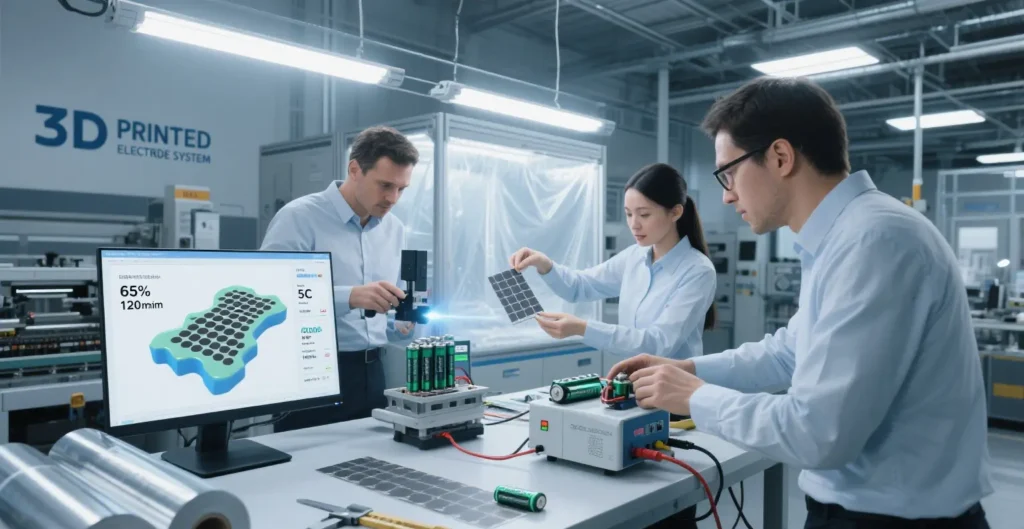
V. lithium battery pack management system (BMS): the intelligent brain of the battery pack
If the battery cell is the “heart” of the lithium battery pack, then the BMS (Battery Management System) is its “brain”, responsible for monitoring, protecting and optimizing the battery performance.
Li-ion battery pack BMS collects the voltage and temperature of each cell and the current of the whole battery pack in real time through sensors, and estimates SOC (remaining charge) and SOH (state of health) through algorithms, so that the user and the vehicle control system can grasp the status of the battery at any time.
Even if the initial parameters of the cells are the same, there will be differences after long-term use. Li-ion battery pack BMS realizes “equalization” through passive equalization (discharging high voltage cells with resistors to flatten the voltage) or active equalization (energy transfer for higher efficiency and power saving) to avoid over-charging and discharging of one cell and extend the life of the whole battery pack.
Lithium battery pack BMS also preset a series of “safety red line”, once the voltage, temperature, current and other parameters trigger the safety threshold, immediately cut off the circuit to prevent the expansion of the accident, constituting the battery pack’s “last line of defense”.
VI.lithium battery pack safety protection: multiple barriers to block risks
In addition to the lithium battery pack BMS, the lithium battery pack is also designed with multiple safety barriers in three dimensions: electrical, mechanical and environmental:
Li-ion battery pack electrical safety: the use of high-voltage interlock (HVIL) design, open the lid of the battery pack during maintenance, the high-voltage system automatically cuts off, preventing maintenance personnel from electrocution; set up a pre-charging resistor, when powering up the capacitor through the resistor to slowly charge, to avoid a sudden impact of high current to protect the circuit components
Mechanical safety of lithium battery pack: When the electric cell undergoes thermal runaway, a large amount of gas and heat will be released. The explosion-proof valve and pressure relief channel designed in the battery pack can allow the gas to be discharged, preventing the accumulation in the pack from causing an explosion; the explosion-proof valve can also prevent the entry of foreign objects from the outside.
Environmental safety of lithium battery packs: battery packs need to undergo salt spray test (simulating the seaside high salt environment to test corrosion resistance), vibration test (simulating the car driving bumps to test the stability of the structure), impact test (simulating the collision to test the impact resistance), high and low temperature cycling test (repeated switching between -40 ℃ and 85 ℃ to test the temperature adaptability), and other harsh tests before leaving the factory.
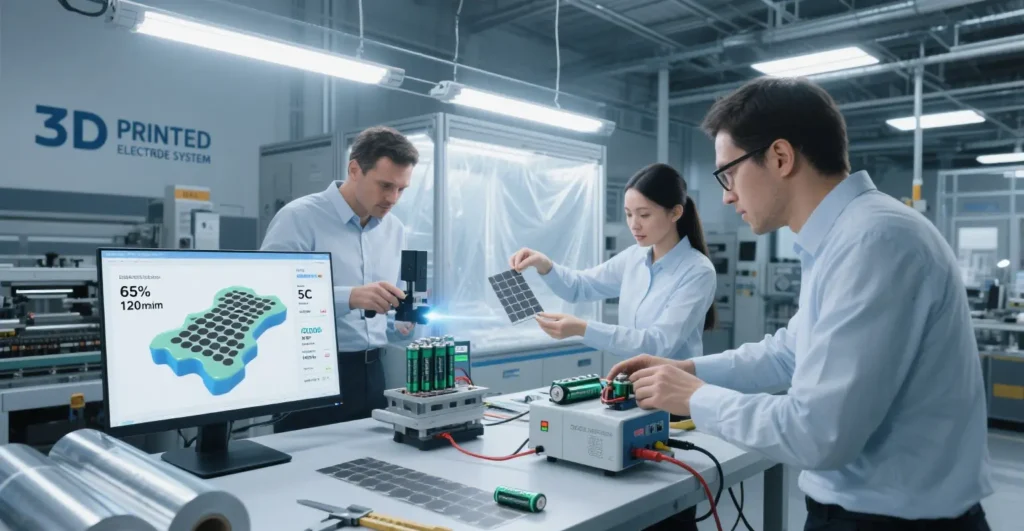
VII. lithium battery pack testing and verification: strict quality control to ensure reliability
If the lithium battery pack has not been tested, even the perfect design is only “on paper”. Lithium battery packs need to undergo three major types of tests: electrical performance, safety and environmental adaptability before leaving the factory:
Lithium battery pack electrical performance test: including cyclic charge and discharge test (500 times, 1000 times to see whether the capacity degradation is within the allowable range), internal resistance test (detecting the core and connecting parts of the internal resistance), capacity test (fully charged and discharged to see whether the actual capacity reaches the design value)
Li-ion battery pack safety test: simulate extreme dangerous scenarios such as pinprick (puncturing the battery cell with a steel needle to see if it catches fire or explodes), extrusion (extruding the battery pack with a hydraulic press to simulate a collision to see if it leaks or burns), and overcharging (charging it with 1.5 times the rated voltage to see if it triggers the BMS protection).
Lithium battery pack environmental adaptability test: test the charging and discharging performance and service life of the battery pack in high temperature (60℃), low temperature (-30℃), high humidity (90% humidity), high altitude (5000 meters) and other environments to ensure that the battery pack can be used normally in different regions and seasons.
VIII, lithium battery pack technology trends: smarter, more integrated direction of development
With the rapid development of new energy vehicles and energy storage market, lithium battery PACK process continues to upgrade to a smarter, more integrated direction of evolution:
Wireless BMS: Traditional BMS requires a large number of signal wires to connect to the battery cells, which increases weight and cost and is prone to failure. Wireless BMS adopts wireless communication (e.g. Bluetooth, LoRa) to replace the wire harness, which can reduce weight by 10%-15%, cost by 5%-8%, and later maintenance is more convenient.
CTP (Cell to Pack) technology: skipping the step of “Cell→Module→Battery Pack”, directly integrating the cell into the battery pack, which improves the space utilization rate by 10%-15% and increases the energy density.
CTC (Cell to Chassis) technology: a more radical solution, directly integrating the battery cells into the chassis of the car, the battery pack is both an energy source and part of the body structure, further achieving weight reduction and space optimization.
Intelligent prediction and optimization: Modern BMS has started to introduce machine learning algorithms to predict potential failures in advance by analyzing the trends of battery cell voltage and temperature, actively reminding maintenance, and dynamically adjusting the balancing strategy according to users’ habits to prolong the life of the battery.
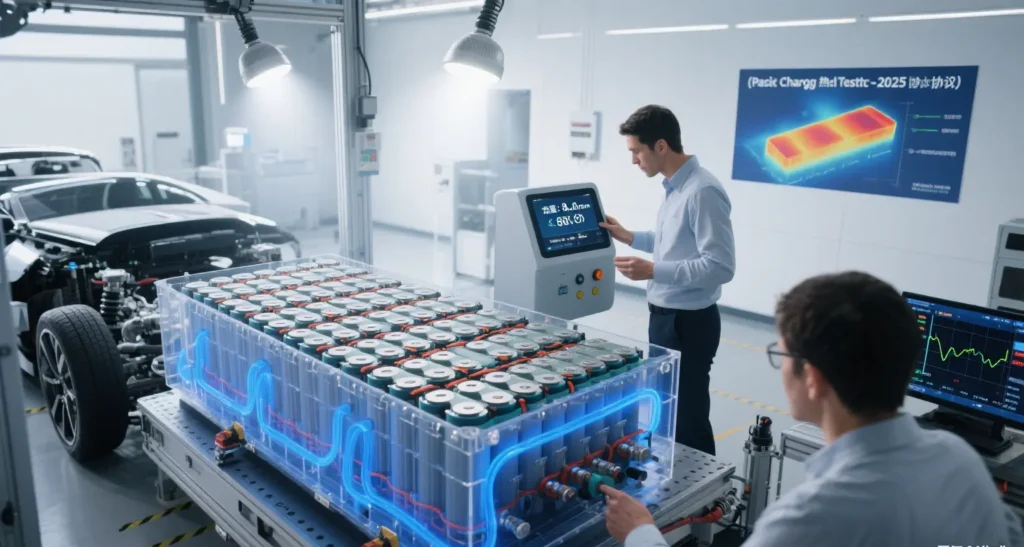
Engineering Summary
Reviewing the development of lithium battery PACK process, from the initial “simple assembly” to today’s “multidisciplinary precision synergy”, each technological leap stems from the unremitting pursuit of safer, more efficient and more reliable.
This is not an independent operation of a single link, but an in-depth integration of knowledge from multiple fields, including electrochemistry, mechanical engineering, electronics, thermal management and intelligent control:
- Electrochemical engineers ensure stable performance of battery cells
- Mechanical engineers build strong and lightweight structures
- Electronic engineers build reliable electrical connections
- Thermal management engineers guard the battery’s “body temperature”
- Software engineers give the BMS an intelligent “brain”
With the continuous expansion of the new energy industry, the Li-ion battery PACK process is still faced with a lot of challenges: how to further increase energy density to meet the demand for longer range? How to find a better balance between cost and safety? How to realize the green and sustainable development of the whole life cycle? The answers to these questions require continuous exploration and innovation by industry practitioners.
As Li-ion battery engineers, we know that every technical detail is related to the performance of the end product and the safety of users. It is this relentless pursuit of precision engineering that drives the continuous development of lithium battery technology.


